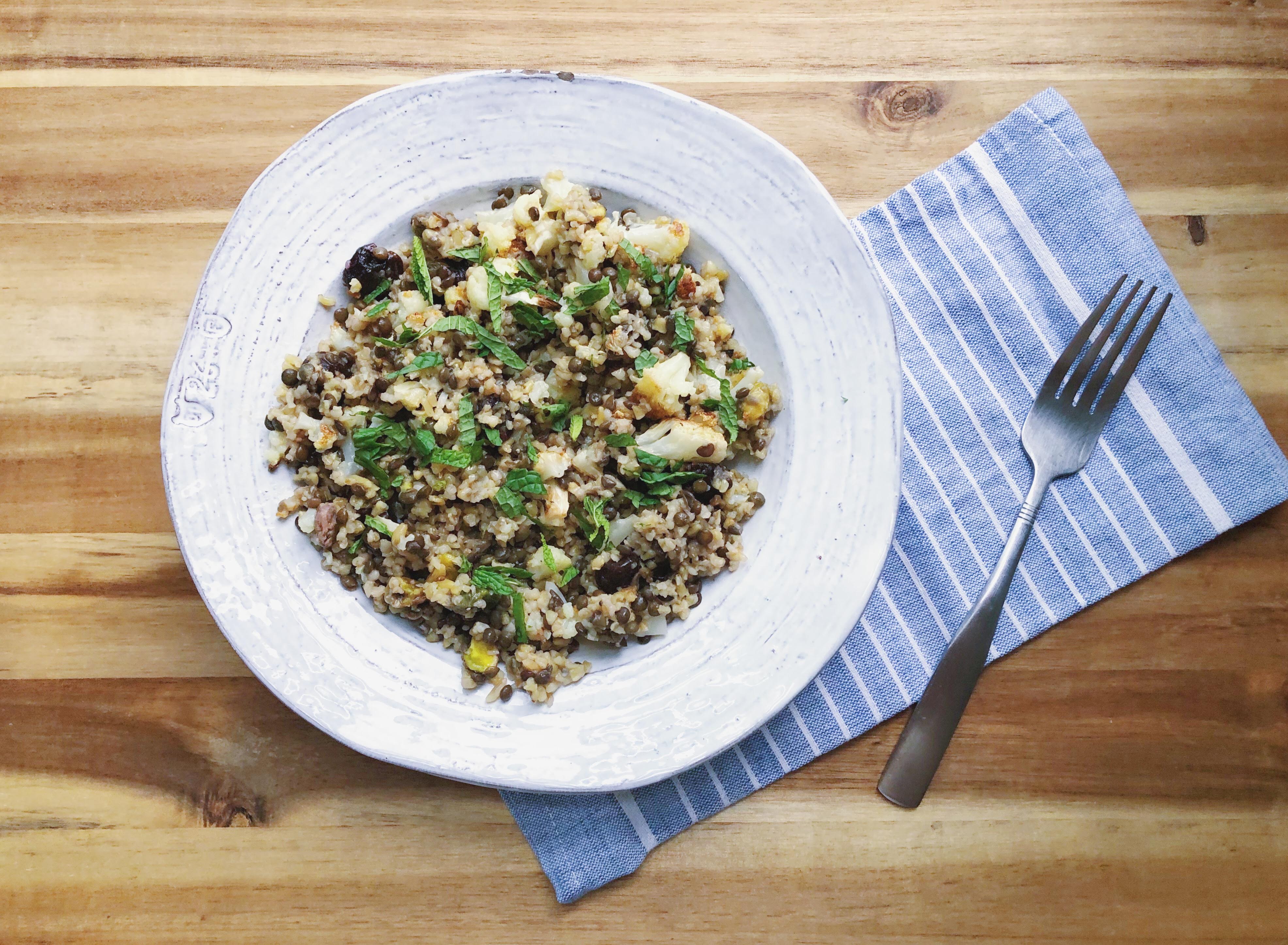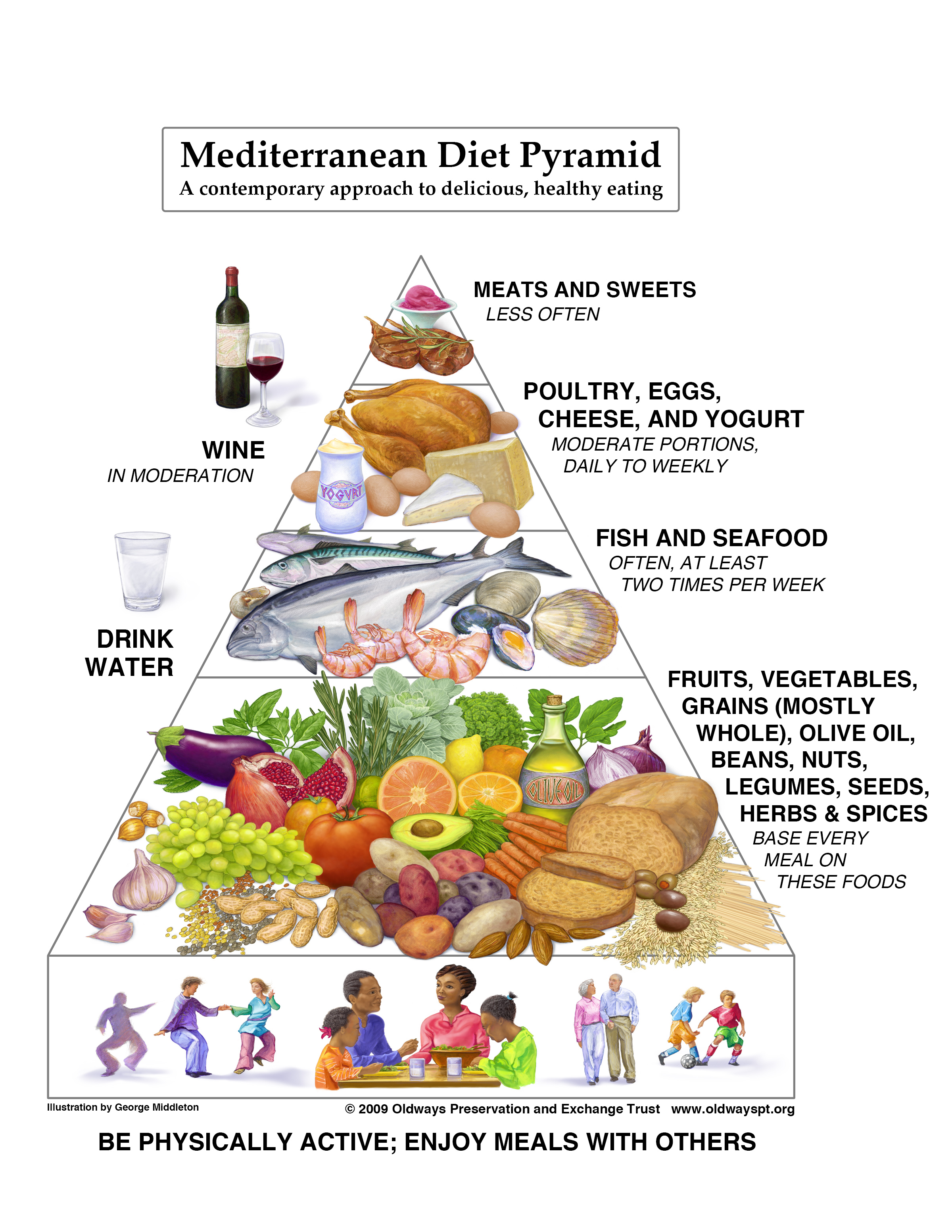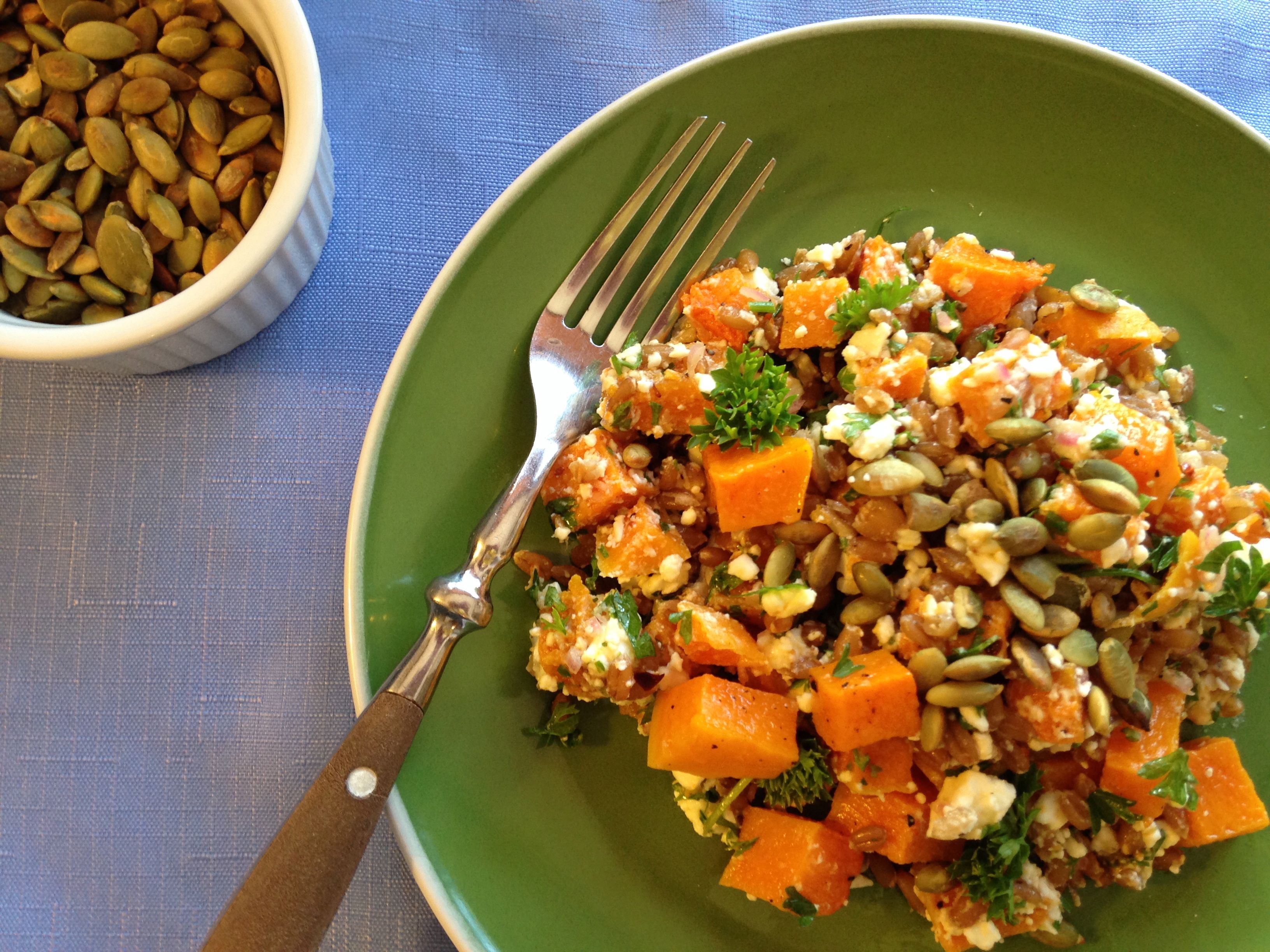Share This
The Mediterranean Diet has been getting a lot of great press recently, and did you know that whole grains are one of the foundational foods of the Mediterranean Diet? Traditional Mediterranean whole grains include barley, buckwheat, bulgur, emmer, einkorn, farro, freekeh, millets, oats, brown rice, rye, and spelt. If many of these grains sound new and unfamiliar to you, we’ve got a great tip to help you expand your whole grain repertoire.
What is the Mediterranean Diet?
The Mediterranean Diet reflects a way of eating that is traditional in the countries that surround the Mediterranean Sea, including Italy, Greece, Spain, Turkey, Israel, and Egypt. Whole grains and other plant-based foods are at its foundation, making up the largest, bottom section of the Mediterranean Diet pyramid. Fish and seafood are consumed a few times a week and small portions of meat, dairy, and cheese are used for extra flavoring or as a garnish on a dish daily to weekly. Decades of scientific research indicate that the Mediterranean Diet offers a wide spectrum of health benefits to those who embrace this pattern of eating, including lowered risk of heart disease, high blood pressure, and type 2 diabetes.
The New York Times is featuring the Mediterranean Diet all this week and U.S. News & World Report has just named the Mediterranean Diet the Best Overall Diet for the seventh consecutive year. The Mediterranean Diet was also ranked:
- #1 Best Heart-Healthy Diet
- #1 Best Diet for Bone and Joint Health
- #1 Best Diet for Diabetes
- #1 Best Diet for Healthy Eating
- #2 Best Plant-Based Diet
Here at Oldways, we have spent more than three decades teaching consumers, chefs, and journalists about the benefits of the Mediterranean Diet. In 1993, Oldways created the Mediterranean Diet Pyramid in partnership with the Harvard School of Public Health and the WHO as a healthier alternative to the USDA’s original food pyramid. Today, the Mediterranean Diet is more popular than ever, with new research every month documenting its benefits, and chefs and home cooks alike embracing Mediterranean ingredients and flavors.
Try This Easy Tip for Introducing New Whole Grains into Your Diet
Whether you’re just beginning to explore the Mediterranean Diet, or you’re simply looking to improve your health through increased whole grain intake in 2024, we’re here to help. Trying new ingredients can be daunting! Did you know that it’s normal for it to take adults many repeated exposures to a new food before they decide they like it? That’s why it’s important to be patient with your taste buds.
We recommend starting with one new whole grain at a time and cooking it several different ways over the course of a few weeks to ease yourself in. This is a strategy I picked up from feeding my kids. Anyone familiar with toddlers knows they tend to be vocally suspicious of new foods, but I think we all have some toddler-like tendencies within us. Focusing on just one new whole grain ingredient at a time offers several nice advantages:
- Use the opportunity for multiple exposures. By giving the same whole grain ingredient multiple tries over the course of a few weeks, you’re allowing your taste buds several opportunities to adjust and embrace the flavor and texture of this new food.
- Find the kind of preparation you like best. By challenging yourself to try several different recipes, you’re allowing yourself the opportunity to determine which cooking methods or flavor profiles you like most for this new ingredient.
- Take advantage of cooking shortcuts. When you make different recipes with the same grain ingredient, you can take advantage of time-saving strategies like batch cooking. Cook up enough of your grain ingredients to last several meals. Remember that many intact whole grains can be cooked, cooled, and then frozen in portions, making it very easy to defrost and reheat your grains when you need them next.
- Keep your pantry tidy. When you buy several new grains and try each one in succession, you end up collecting several partially-used bags in your pantry. Our method of purchasing one new grain at a time allows you to use up one package of grain before moving onto the next. Whole grains don’t do your body any good when they’re sitting on a shelf, and buying only what you can reasonably use up within about six months or so is the best way to ensure fresh, high-quality ingredients.
This month we urge you to pick a few new-to-you Mediterreanean dishes featuring a grain you’re less familiar with. Commit to cooking the same grain a different way each week for a month and then let us know in the comments whether you’ve found a new favorite! (Caroline)
To have our Oldways Whole Grains Council blog posts (and more whole grain bonus content!) delivered to your inbox, sign up for our monthly email newsletter, called Just Ask for Whole Grains.
Join the Make Every Day Mediterranean Club Facebook group for additional information and support.




Comments
Add a Comment